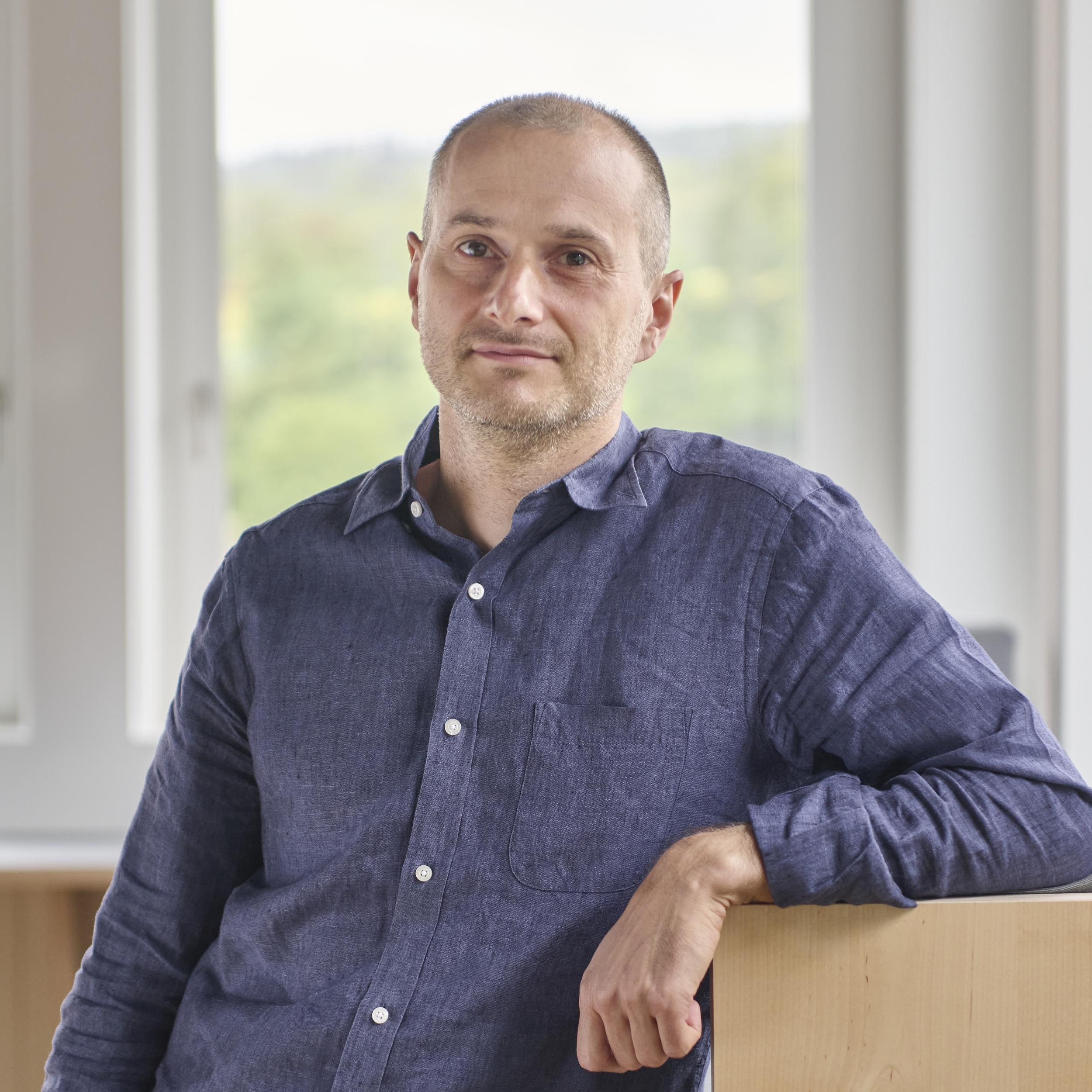Scientists working at Endogena, one of the companies in the Rejuveron family, are using their experience of a Nobel Prize-winning technique to create safe and effective therapies that promote healthy aging.
Mauro Marigo, VP of medicinal chemistry at Endogena has a background in asymmetric catalysis, the method that was awarded the Nobel Prize in chemistry last year. During his PhD, Mauro developed new organocatalysts and reactions that allow access to complex molecules with simpler procedures, paving the way for a new treatment for the devastating eye condition, retinitis pigmentosa, which is targeted to enter clinical trials this year.
Asymmetric organocatalysis – The Nobel Prize in chemistry
The Nobel Prize in chemistry in 2021 was awarded to Benjamin List and David W.C McMillan, specifically for being the discoverers of this method, that has benefited a wide range of industries, including healthcare.
As Mauro explained, “My PhD supervisor Prof. K.A. Jørgensen is one of the leaders in the field and I had the chance to contribute to the publication of several papers in this field of organic chemistry. I‘m really glad that I can now apply that wealth of knowledge to developing treatments for age-related conditions such as retinitis pigmentosa”
Innovative track record
On top of this, the very technique Mauro has been working on is important to create a “greener chemistry” with fewer side products and that utilizes more benign reagents. This fits well with the values and guiding principles of Rejuveron; Make yourself curious, Make therapies happen and Make it sustainable.
So what is asymmetric organocatalysis?
Asymmetry in chemistry refers to the property of molecules to be Chiral, which means mirror images to each other and not possible to superimpose. Two asymmetric molecules can have completely different properties, one being beneficial for health and the other toxic.
Catalysis refers to a substance that speeds up/controls chemical reaction, by lowering the activation energy required but without being a part of the product that is being formed. This occurs constantly across all organisms for basic metabolic function to maintain life. For industrial purposes catalysis had been known to be achievable either by using certain substances such metals or enzymes, but it was not until this Nobel-Prize-winning discovery that the use of small organic molecules gained real traction. In short, asymmetric organocatalysis means that organic chiral molecules can now be used to catalyse chemical reactions at an efficacy comparable to metals.
Why is this important for healthcare?
Organocatalysis is a tool that has important implications for the pharmaceutical sector since it gives easier access to complex chemical structures that can be incorporated in biological active molecules and ultimately in new medicines.
Rejuveron aims to create a cleaner and more sustainable future as it helps people to live healthier, longer lives. Asymmetric organocatalysis is an approach that can get us closer to this goal as it requires more benign solvents and reaction conditions.
